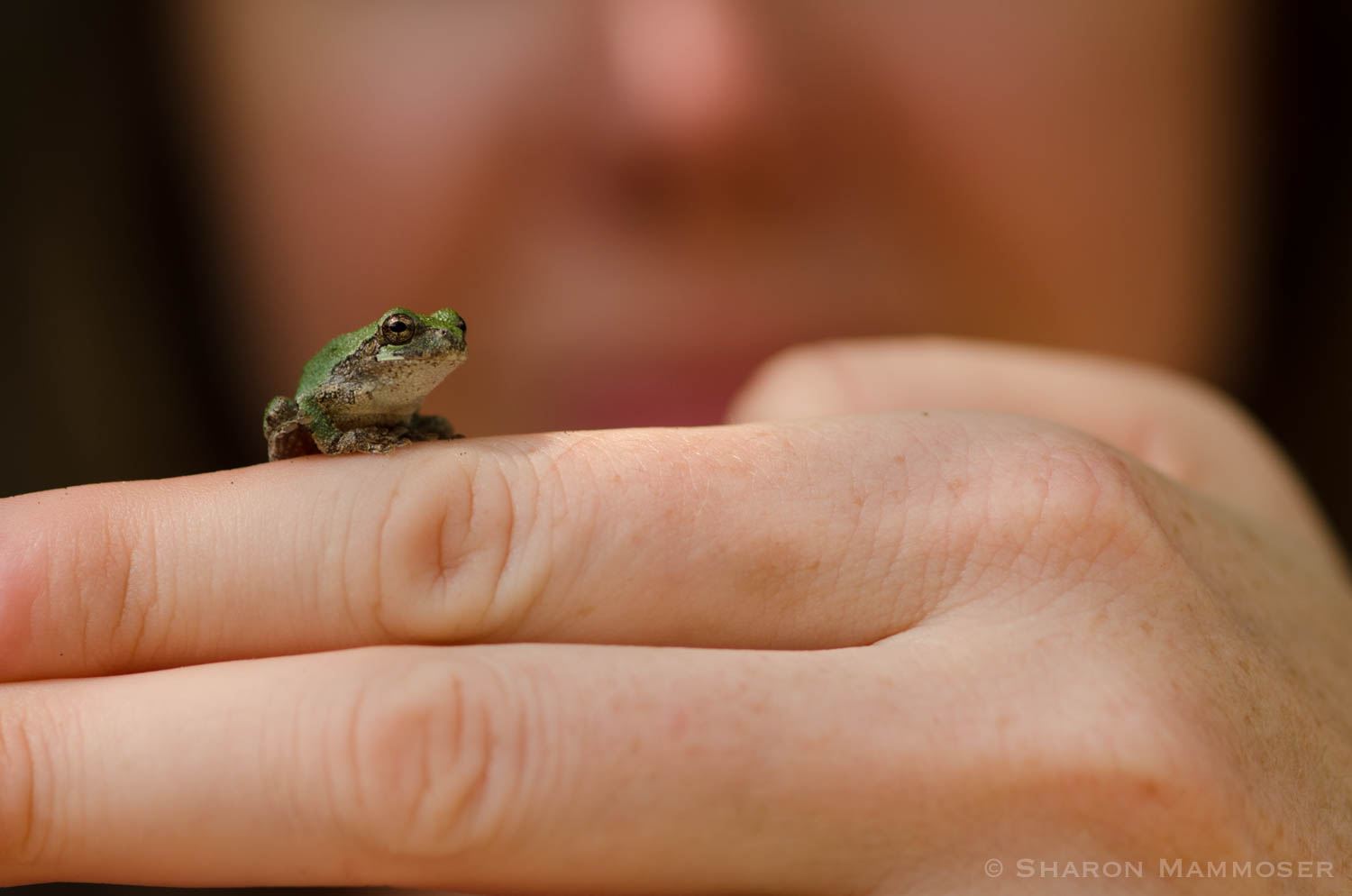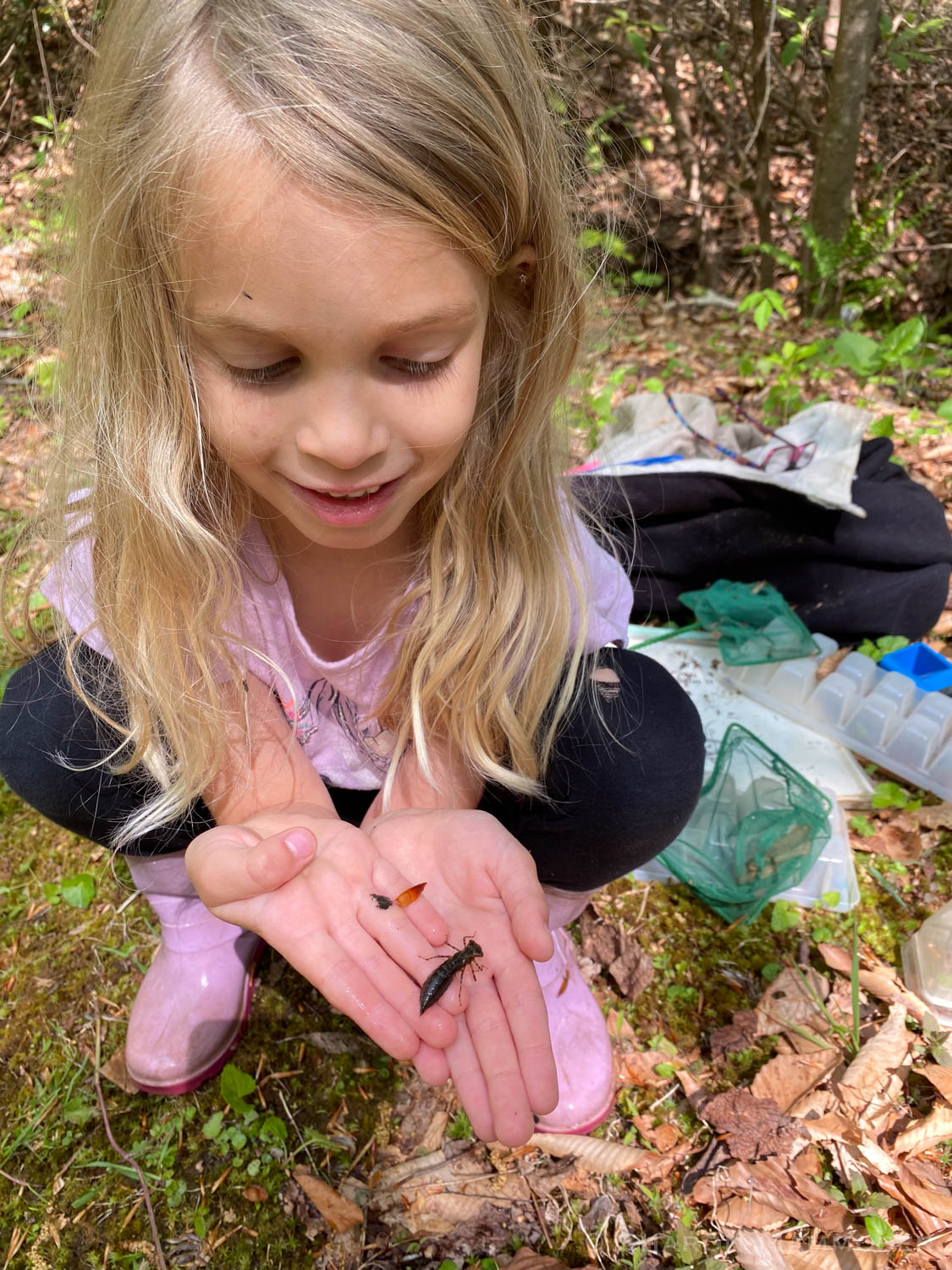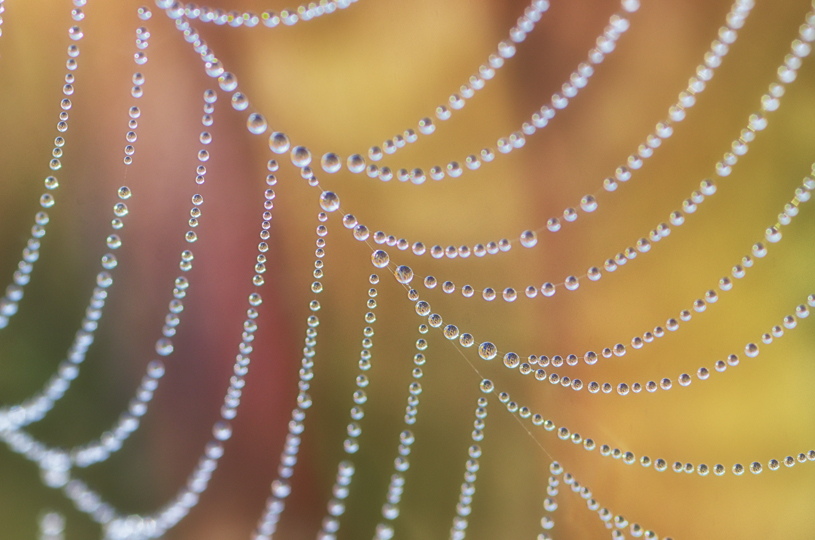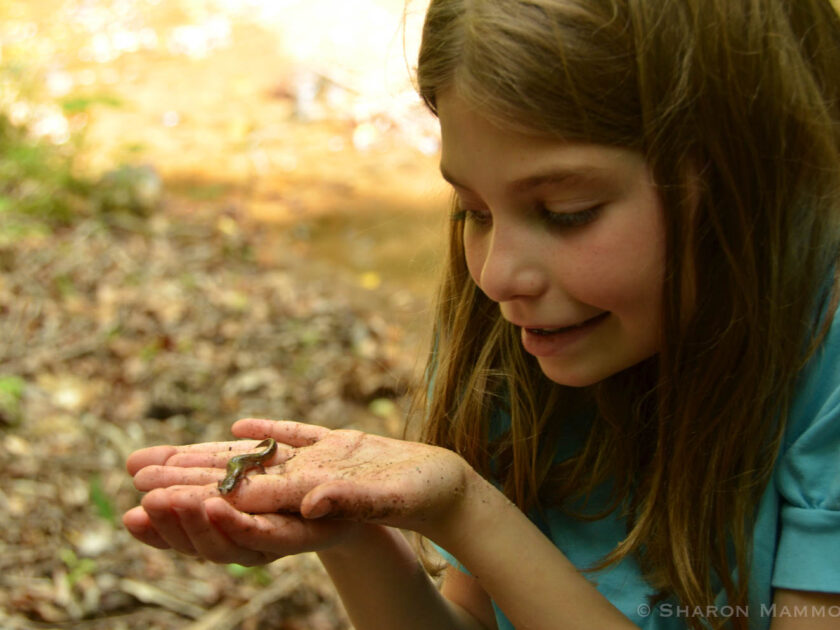Looking at my phone one day, my brother exclaimed in shock, “Shar! You have hardly any apps!” Even now, years later, this is still true. Call me old fashioned, or perhaps just set in my ways, but I am not usually a fan of some of these high tech apps, and often prefer to have a field guide in hand to help solve my burning nature identification questions. That said, there are a few notable exceptions that I’d like to share. All are for the passionate nature lover in me– or you–who realizes these new technologies are actually a great way to learn about nature, whether you’re in your own backyard, vacationing in Africa, or at your favorite park hiking with your family. With these apps, you no longer have to drag along 3 heavy field guides, but can still satisfy your urge to know more.
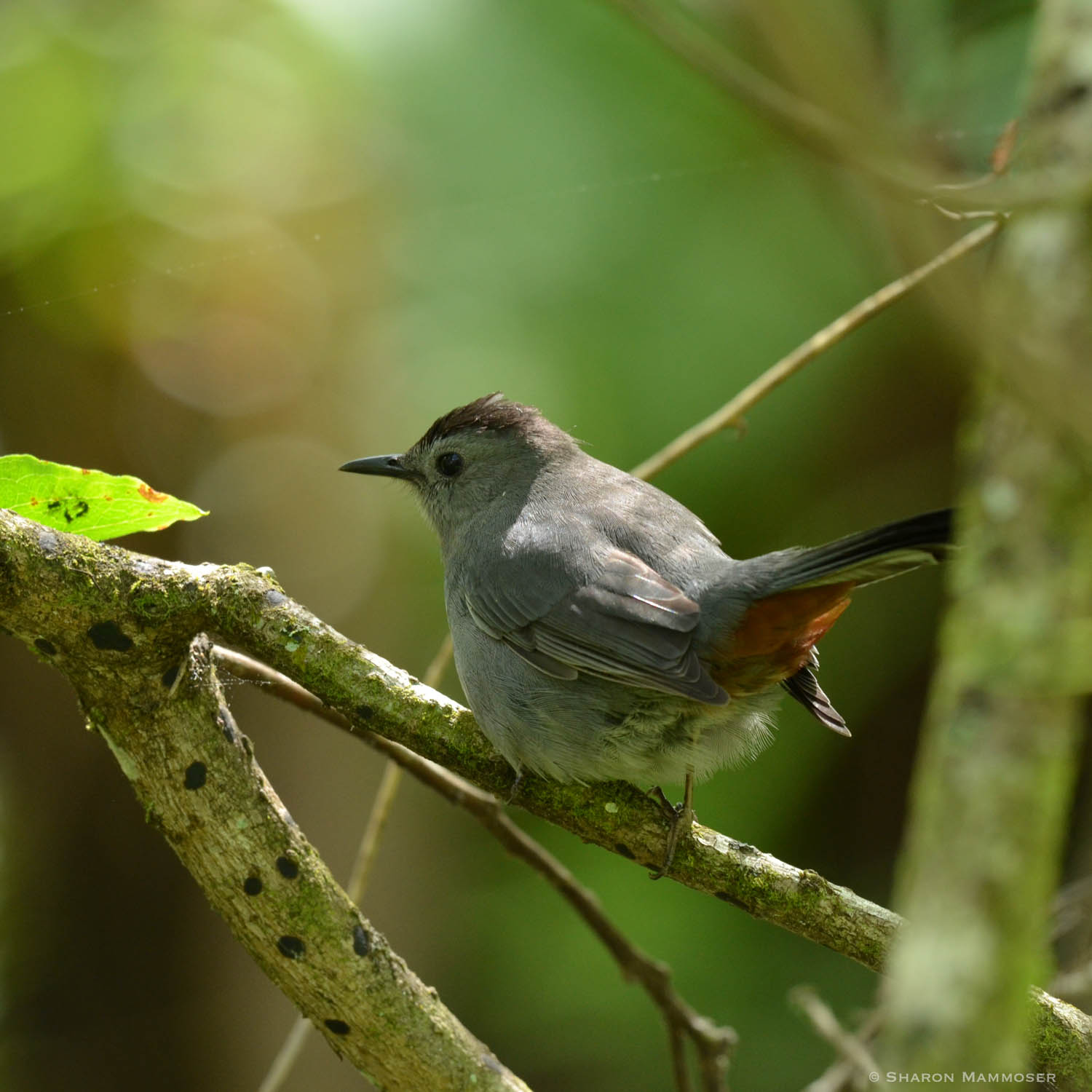
Here are 3 Apps I recommend:
- Merlin Bird ID
I’m luckily married to a fabulous birder who can identify many birds by sight and sound. But try as I might, I cannot fit him in my pocket for when I’m out and about alone. Now, with the help of this app, I can improve my birding-by-ear skills. I love it for ease of use and the clear way it shows me what bird is singing at each moment. I have learned so much in the short time I’ve been using it.
Let’s say you’re out in your yard and you’re hearing lots of birds singing, wondering what they are. You can open Merlin Bird ID, turn on the recording button and then watch as a list is made of all the birds singing. Once the list is made, when that bird calls or sings again, that row will be highlighted so you can match the bird to the sound you’re hearing. You can click on any bird in the list and learn more about its appearance, lifecycle, range, and other natural history information. Best of all, if you’re busy gardening or doing something else and cannot listen live, you can still record the songs, and then listen and look at the recording later. It’s a great way to learn, and practice, to identify birds by their songs and calls.
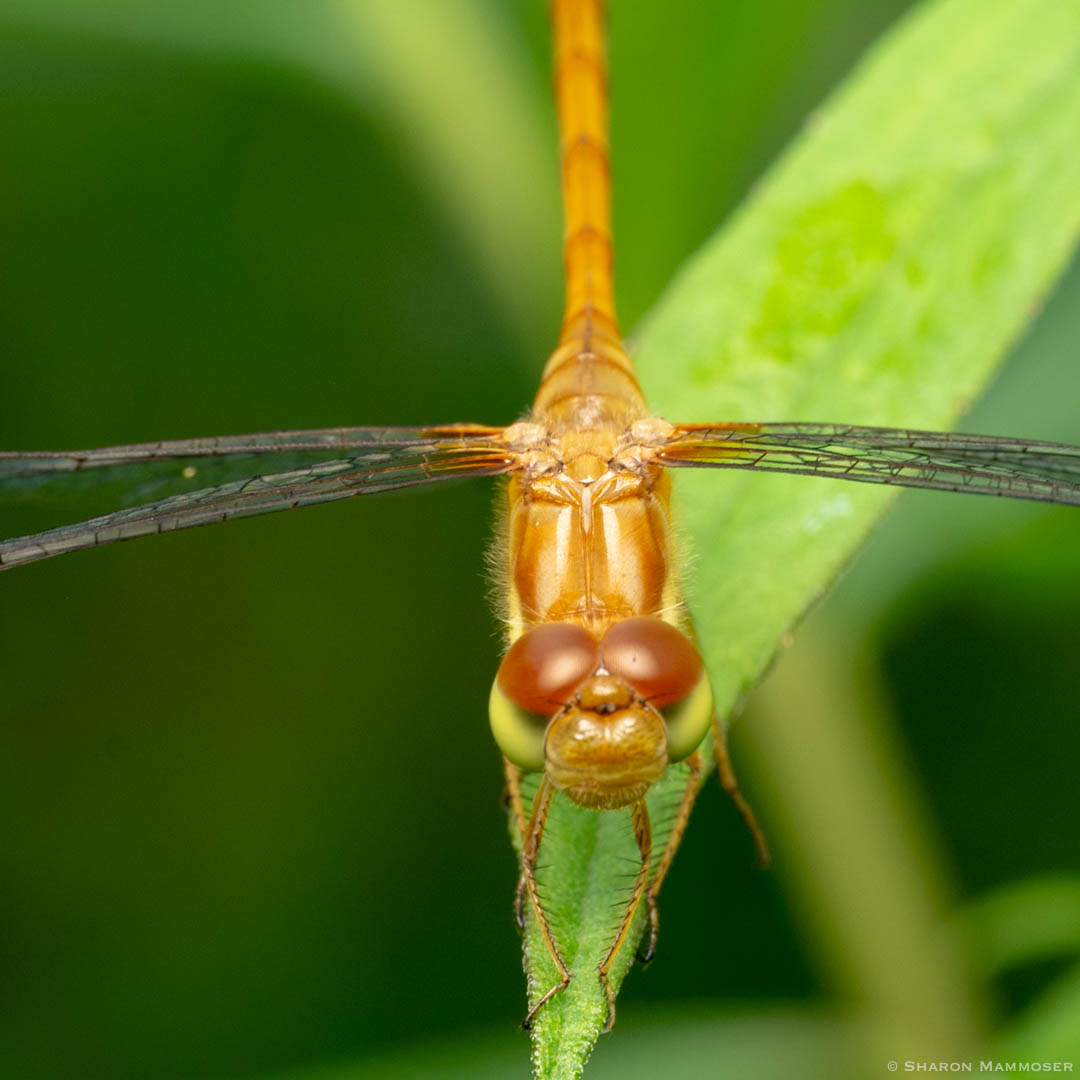
2. Seek
Well named, this app is exactly what it sounds like– Imagine you are walking in the woods, or wandering in your yard and come across a flower, butterfly, moth, tree, toad, snake, or other living thing. And you’re like, “Huh, I wonder what that is.” Seek allows you to point your phone at the mystery living thing and then learn what it is. For me, this is an invaluable resource. In the past I would have had to flip through one of several field guides, hoping to find a match. Now, with this app, I can get to the results and then research more about it later if I want.
This app is great for families wanting to explore nature together, as no registration is involved, and no user data is collected. The technology is based on observations submitted to iNaturalist, another app for nature lovers. So now when you’re in your backyard and your kid says, “I wonder what’s the name of that butterfly,” you can get the answer right away.
According to their website, “Seek will ask permission to turn on location services, but your location is obscured to respect your privacy while still allowing species suggestions from your general area. Your precise location is never stored in the app or sent to iNaturalist.”
This app is connect to INaturalist.
3. iNaturalist.
Want to find “your” people? Contribute your sightings to a vast community of scientists, and nature lovers around the world? Keep track of all the living things you’ve seen so you can learn and remember? Enlist the help of experts to help you identify living things you discover in your yard, hikes or other places? Then this app is for you!
According to their website,
“iNaturalist is an online social network of people sharing biodiversity information to help each other learn about nature.
It’s also a crowdsourced species identification system and an organism occurrence recording tool. You can use it to record your own observations, get help with identifications, collaborate with others to collect this kind of information for a common purpose, or access the observational data collected by iNaturalist users.”
It works like Seek, helping you get answers to what you’re seeing, but takes it a step farther by sharing your observations with a greater community of scientists, researchers, and people like yourself who want to contribute to the knowledge base.
True Story: My friend Kim took a photo one day of an interesting dragonfly with bright green eyes that she had never seen before. She uploaded it to iNaturalist, and a few days later got a note from two different people saying that dragonfly hadn’t been recorded in her county for more than 10 years!! Her photo helped scientists.
It feels great to participate in this global Citizen Science project and help scientists who cannot be everywhere to collect the data they need.
